Fine coffee what are the defective beans in coffee beans?
Next, I would like to introduce several kinds of defective beans.
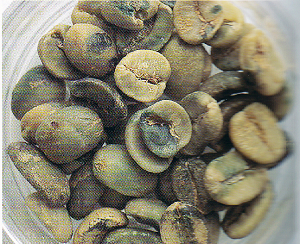
Moldy beans: because of incomplete drying, or damp in the process of transportation and storage, cyan and white molds grow, which sometimes make the beans stick together. If these moldy beans are not removed, they will produce moldy smell.
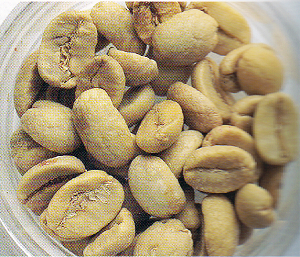
Dead beans: beans with abnormal results. The color is not easy to change because of baking, so it is easy to distinguish. The flavor is thin, as harmful as silver skin, and will become a source of peculiar smell.
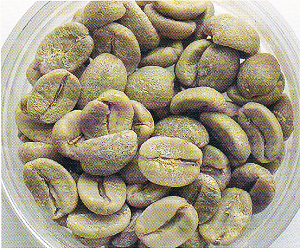
Immature beans: beans picked before they are ripe have a fishy, disgusting taste. Leaving raw coffee beans for years is a strategy to deal with these immature beans.
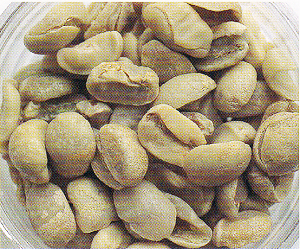
Shell beans: produced by poor dryness or abnormal mating; the beans break from the central line and the inside is turned out like a shell. Shell beans can cause uneven baking and are easy to catch fire during deep baking.
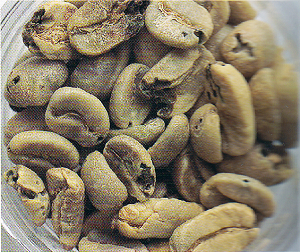
Moth-eaten beans: moths invade and lay eggs when the coffee fruit is ripe and red, and the larvae eat the coffee fruit and grow, leaving traces of moth on the surface of the beans. Worm-eaten beans can cause the coffee liquid to be cloudy and sometimes produce a strange smell.
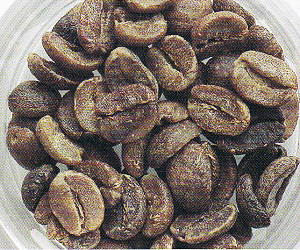
Black beans: beans that mature early and fall to the ground and ferment and blacken when they come into contact with the ground for a long time. It can be easily removed by hand-selected steps. Coffee mixed with black beans will smell rotten and cloudy.
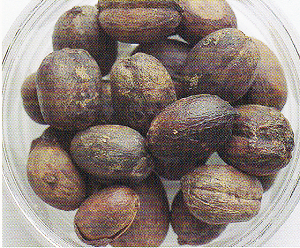
Cocoa: it is caused by natural drying that the pulp remains and the pulp is not fully shelled. With iodine flavor, soil flavor and other flavor, it will give off a bad smell.
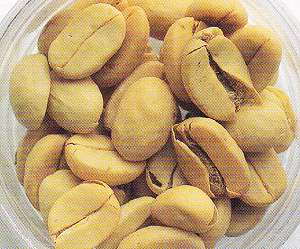
Shell beans: endocarp covers the inside of the pulp of coffee beans and remains on the washed coffee beans. The poor heat permeability when roasting and sometimes burning is the reason for the astringent taste of coffee. Others include broken beans, red peel beans (beans that rain naturally and taste dull), stunted beans (small grains of beans that stop growing due to lack of nutrients, strong flavor), and sometimes mixed with corn or pepper, and so on.
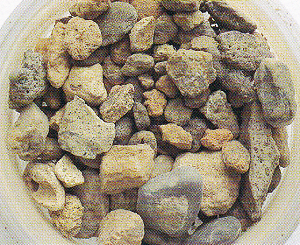
Stone: beans harvested are easily mixed with stone or sawdust because of natural drying.
Hand-selected order: 1. Take the right amount of raw beans and put them in a tray
two。 Select raw beans until they are flawless.
3. Don't just stare at one side of the bean, but pick it up and see its color and shape. Don't miss any one, move your eyes from the right to the left.
4. Repeat the same steps over and over again
5. It is known that the average of picking out defective beans.
Important Notice :
前街咖啡 FrontStreet Coffee has moved to new addredd:
FrontStreet Coffee Address: 315,Donghua East Road,GuangZhou
Tel:020 38364473
- Prev
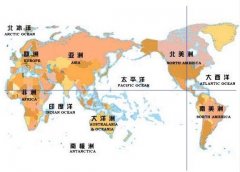
El Salvador boutique coffee beans Parkmara coffee
El Salvador: Parkmara coffee flavor and taste characteristics: mild taste, good texture. El Salvador, located in the northwest of Central America and bordered by the Pacific Ocean to the south, is one of the birthplaces of the ancient Mayan civilization. The nearby volcanoes, plateaus, lakes and bathing beaches along the Pacific coast are all very pleasant. But nothing makes El Salvador most famous for its unique mouth.
- Next
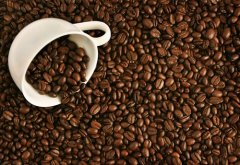
Fine Coffee Learn Coffee Green beans are classified into different types according to time
Coffee fruits are processed by wet and dry methods to become coffee beans (Raw beans/Green beans). The main components of raw beans are: carbohydrates, about 49%, moisture, about 12% and protein. About 11%; chlorogenic acid, about 7.6% Alkaloids and trace elements, about 0.4%. According to the length of time, raw beans can be specifically divided into: Current Cro
Related
- Guji coffee producing area of Guji, Ethiopia: Humbela, Shakiso, Wulaga
- What is the most expensive variety of Qiloso in BOP multi-variety group?
- How to store the coffee beans bought home?
- Why are Yemeni coffee beans so rare now?
- Ethiopian Sidamo all Red Fruit Sun Sun Santa Vini Coffee beans
- SOE is mostly sour? What does it mean? Is it a single bean? what's the difference between it and Italian blending?
- Is Italian coffee beans suitable for making hand-brewed coffee?
- How to choose coffee beans when making cold coffee? What kind of coffee beans are suitable for making cold coffee?
- Just entered the pit to make coffee, what kind of coffee beans should be chosen?
- Can only Japan buy real Blue Mountain Coffee? What are authentic Jamaican Blue Mountain coffee beans?

